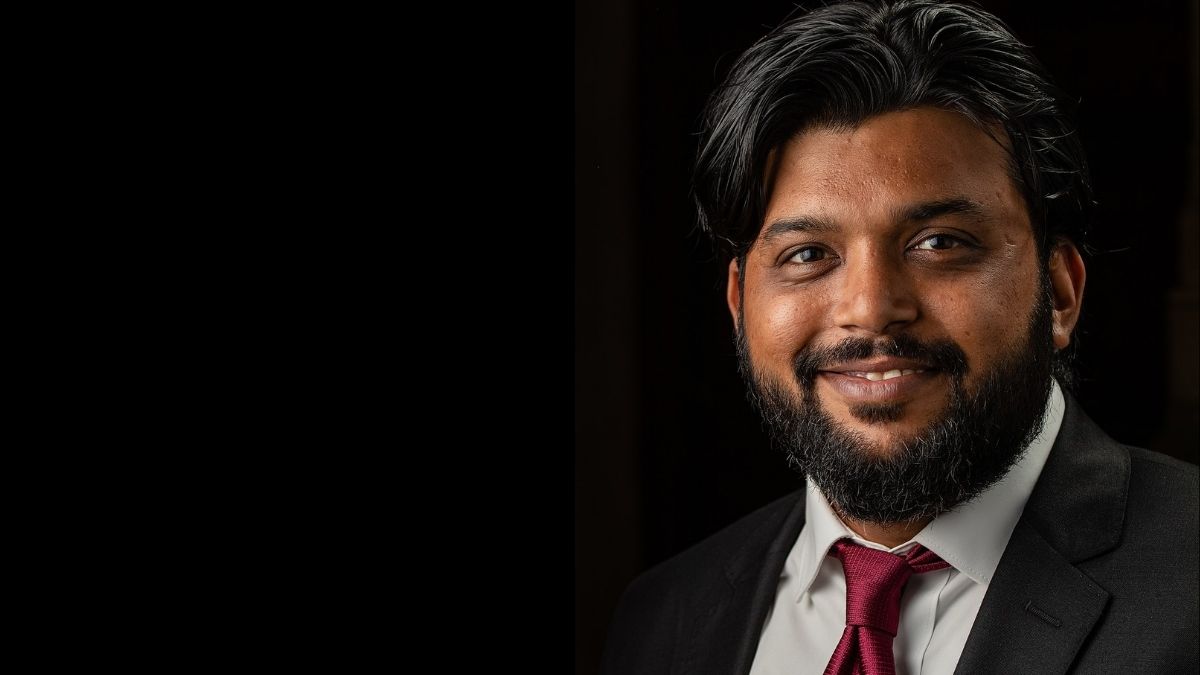
Bollywood filmmaker Habib Faisal used to be a cameraman for NDTV, when he scaled Kargil, during the 1999 war. Once, with a slightly screechy, emotion laden reporter-anchor; the second time with a calmer one, possessing fairer, more objective voice.
While Faisal was once telling me about how the nature of the same reporting/setting changes, given the personality of the reporter, it occurred to me that he had actually reported that war, risking his life, twice! Everyone only knew the hugely feted/famous faces before his camera, in India’s first televised war. Even I wouldn’t have known, if Faisal hadn’t made popular movies Ishaqzaade, Do Dooni Chaar, etc.
Which is as it should be. News reporting obviously involves making the subject the only story—rather than the one telling it. This is still true for print/text-based journalists. Truer still for reporters with news-wire services across the globe—often detailing oppression against the weak/powerless—as is their job. Even their bylines (or author’s names) rarely if ever appear along with published accounts, in web or print.
Sometimes pictures, shot by photojournalists, tell a better story. Words fall short. It’s immaterial, at least to non-peers, who shot them. Few consumers might care, unless the image borders on art, and they often do!
Ironic then that the first time I’ve noticed lay readers genuinely interested in a photojournalist, or his works, belonged to a news agency (Reuters). Chiefly because the public realised an entire set of frighteningly fresh, defining images—from anti-CAA protests, Delhi riots, to the second wave of COVID-19—were from the same chronicler.
With his tragic death on July 16, 2021, at work, in Kandahar province—covering clashes between Taliban and Afghan Special Forces—Danish Siddiqui left a rare flashlight pointed at his own unsung profession, for fellow Indians to pay their long overdue respect. Siddiqui was 38, from Delhi, having spent much time as a journalist, based in Mumbai.
Naturally the number of mutual friends I learnt about only after Sidiqui’s death made me wonder why we’d never met. Could’ve bumped into each other at The Press Club—that cheap watering hole, where journalists go to forcibly drown their day, because tomorrow is another. It’s the place that, arguably, Indian media’s lowest-paid professionals can suitably afford drinks—making one wonder why they even do, what they do, for a living!
They do, I suspect, to remain the most interesting person in any room—to always have a story to tell! The test is, if it’s not exciting enough for a bar, it has no business getting published for millions outside. On rare occasion, the story might be too interesting to be published at all—but that’s another matter; and even better!
The story behind a picture, proverbially worth a thousand words, often remains untold. They’re still equally interesting—sometimes even salacious, including that apocryphal one about a child’s corpse dug out of a grave, for the photo that immortalised the Bhopal Gas Tragedy!
The only time I’ve seen a brawl break out at Press Club in Mumbai was between hammered photojournalists; in my experience, the touchiest lot. Nothing serious, can’t recall details, but do remember discussing why a life dedicated to simply capturing calamities, that often reveal the worst of humanity, should take a daily toll.
There is no ‘work from home’ for a photojournalist—no sources you can call to pad up a copy, or WhatsApp/text/e-mails to land facts in place. Sure, the camera is like opinion on social media—everybody has one. How do you tell the poseur from the professional? Gauging perspective!
The visual is anyway the nakedest medium—making the distinction implicitly apparent between empathy and porn, erotica and sleaze, voyeur and spectator. Truth, like beauty, lies in the eyes of the lens holder. And this is usually judged by thoughts the images inspire. Glad that regular readers could appreciate/spot that crucial difference in Siddiqui’s best works.
That he’d won Pulitzer, a richly deserved honour (
The greatest/enduring Indian tribute to photojournalists has still come only from cult/popular cinema—the film Jaane Bhi Do Yaaro (1983), centred on scribes with a camera—the loveable fools Sudhir (Ravi Baswani) and Vinod (Naseer)! They land an exposé. The images in their hands can rock the local government. The seductive editor of Khabardar magazine strikes a private deal, with powers that be—who couldn’t be bothered with these powerless photo-journos anyway.
Surely that’s par for the course in global news media. Here’s what may have changed since 1983. That photograph (or video), if accurate/authentic, might pass hands, and still come out into the world.
Fair, you don’t land an explosive exposé every now and then. But a powerful image, telling an unmanipulated/complete story, by a dogged photojournalist, equally blessed by gods of non-fiction, remains permanently imprinted in history—organically spreading online in the present. You can’t simply spin/erase that. This is why governments, especially dictatorships (real/potential), will more so fear brave Danishes forever.
